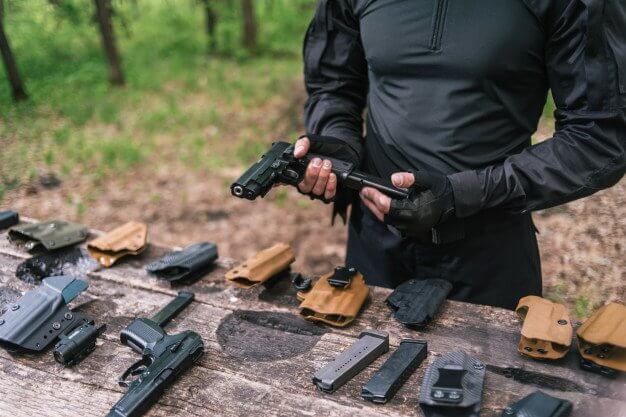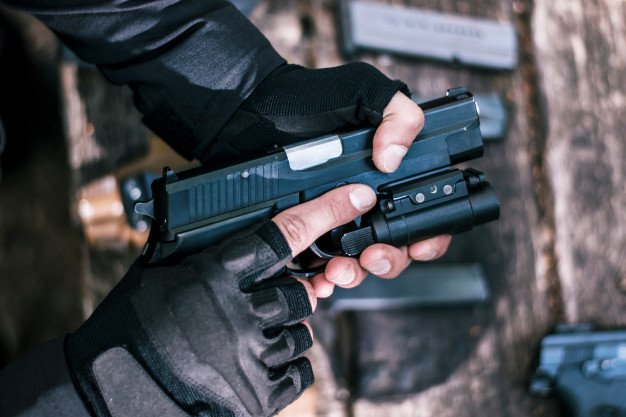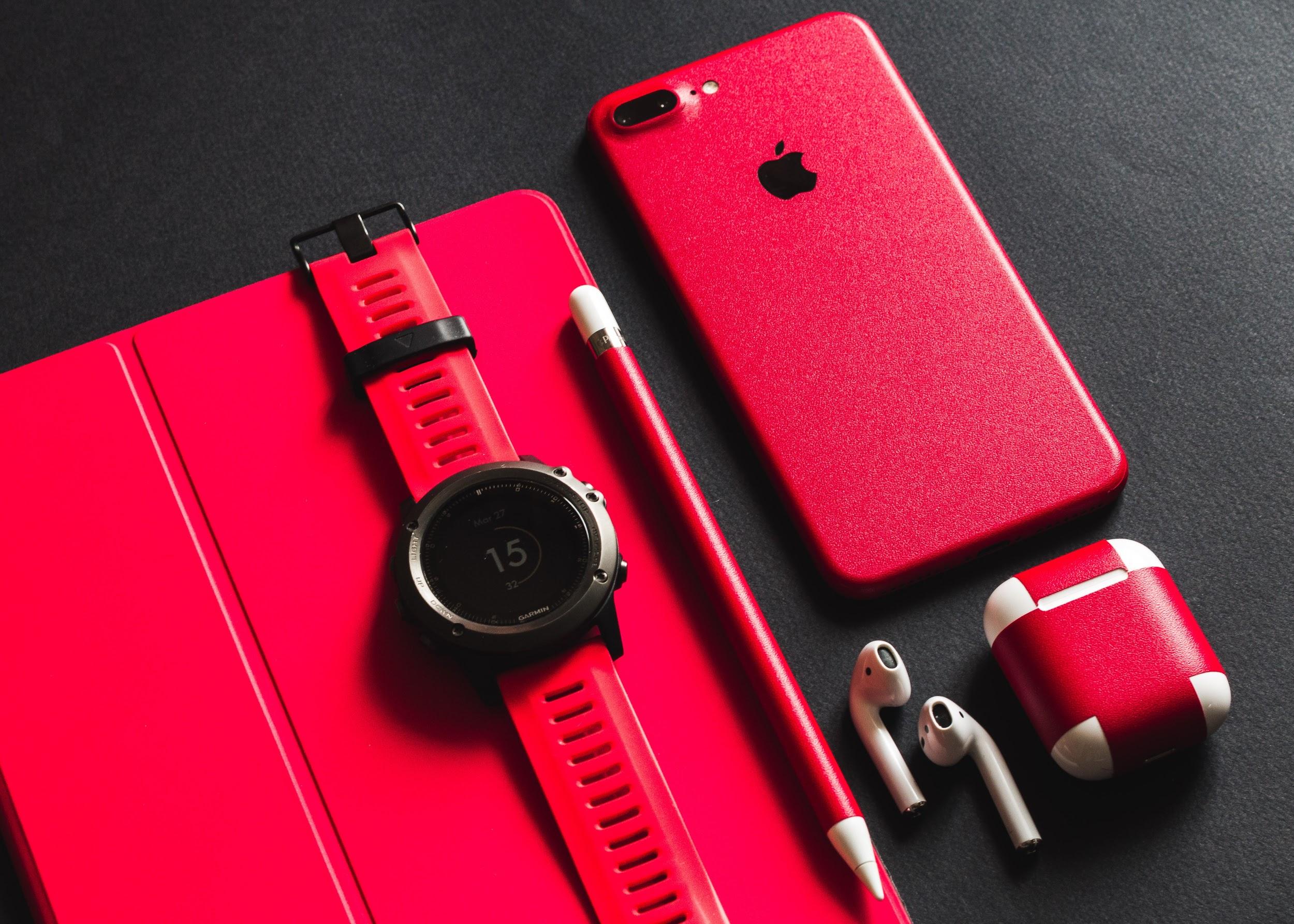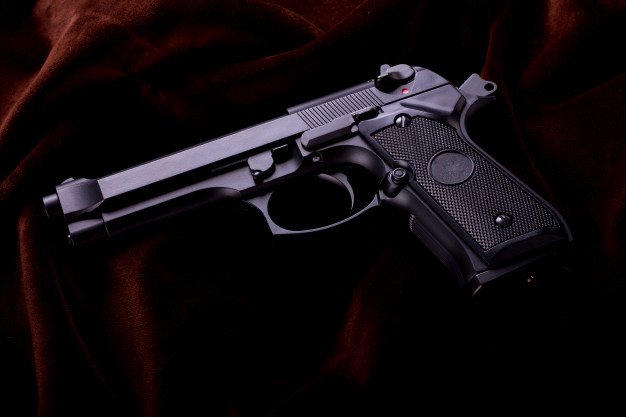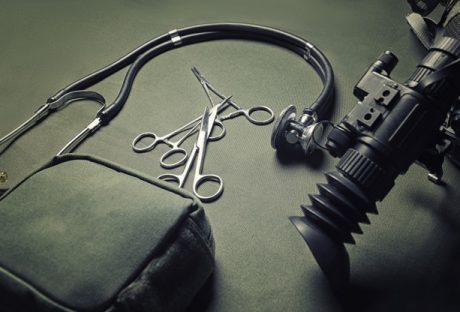When the talk is about guns and firearms, it is highly recommended that you stay careful and protective. Here are five awesome must need accessories that a firearm owner should keep ensuring safety. These are inexpensive and add extra value to your firearm. To know 5 must need accessories for your firearm, keep reading.
5 Must need Accessories for a Firearm Owner
1. Sling:
When it comes to firearms, a sling means a form of strap or harness specifically designed to allow a user to carry his gun comfortably with his body. There are different types of slings for a gun available in the market such as a traditional two-point sling, ching sling, three-point sling, single-point sling, etc. Different types of slings offer different advantages and disadvantages. So, before buying, know your and your firearm’s needs and buy accordingly.
2. Gun case:
While it is an open secret that owning a firearm is quite an expensive hobby, so you would surely want to keep your gun safe so that you can use it for a lifetime. A gun case is a container or box which provides your gun with an extra layer of security from unauthorized access, spillage, scratch, or dropping. It also safeguards your firearm from dust and dirt and maintains its finish. Before buying a gun case, make sure it suits your gun model and the quality remains optimum.
3. Gun cleaning kit:
Gun cleaning kit is something essential to keep your gun in good health. A gun cleaning kit is a box that contains a set of tools to be used for different purposes. You can clean your gun after a few uses or oil it regularly so that it holds its functionality to the optimum level for years. Apart from that, with a single cleaning kit, you can take good care of your multiple firearms. Before buying a gun cleaning kit, do not forget to check what tools it offers.
4. Trigger guard:
Trigger guards are small and custom-fit pieces that slip over on the trigger to safeguard your gun from any unintended discharge. In general, trigger guards come with a paracord lanyard to help it remove quickly and safely. As trigger guards totally cover your gun’s trigger and nicely attach with your firearm, so it is a very good option for pocket carry. Using it is also very simple; attach the lanyard with your belt loop or belt and when necessary, just press the lanyard to snap off the trigger guard. Adding to that, these trigger guards come with different colors to add some extra coolness to your firearm.
5. Empty-chamber indicator:
Empty-chamber indicators are brightly colored plastics that indicates whether your firearm is loaded or unloaded. The indicators slide into the chamber and make the firearm unworkable. While you are on the range and place your firearm on the bench, these empty-chamber indicators let other shooters know that your weapon is unloaded and harmless. These are a great and helpful tool while kids are around your firearm.
Read Also:













